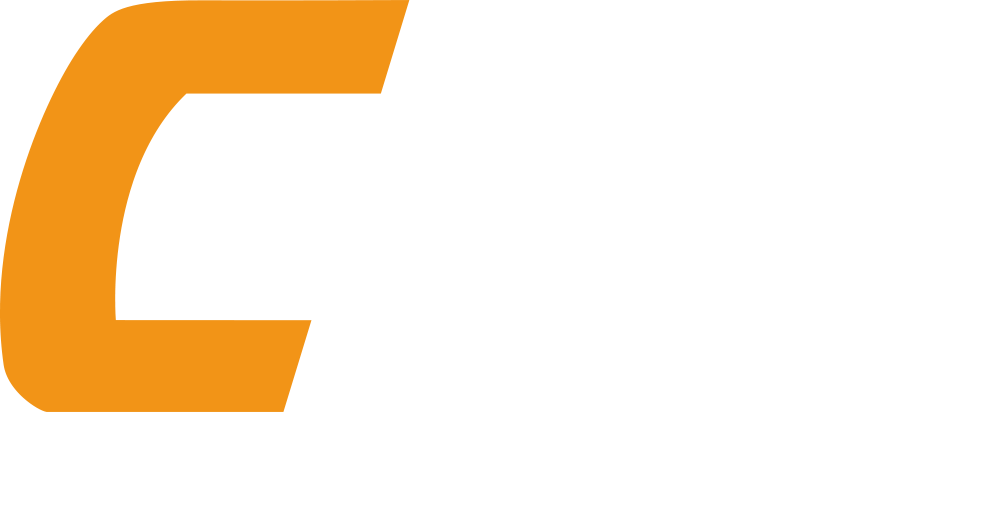Determination of the best inclination angle of solar street lights
In the design of a stand-alone photovoltaic system, the plane of the solar cell module usually faces the equator and has a certain inclination angle relative to the ground plane. Since the amount of solar radiation varies with seasons and climates, and the inclination angle is different, the solar radiation received by each month varies greatly, and because the battery is charged by its rated capacity, and the discharge is limited by the depth of discharge. In the optimal design of solar street lights, the optimal inclination angle should be determined according to the load conditions, local climate conditions and geographical conditions, so that the solar radiation on the square matrix plane should meet the requirements of continuity, uniformity and maximality as much as possible, and reduce the system cost. The calculation of solar irradiance on the inclined plane is generally based on the meteorological data of the past 10 to 20 years. On the basis of the provided solar irradiance data on the horizontal plane, the sky scattering radiation anisotropy model proposed by Hay_I can be used to calculate the direction towards the equator. The amount of solar radiation received by the square array with different inclination angles. Its expression is: HT: HR8+HoI_RH}H+0. s, ~HB|Ho) (1+cosf1)J+0.5pH(1-cosp)(3) R: cos0/cos0 Incidence angle: u003dCOS[cos0cosfl+sin0sinflcos (y-yJJ zenith angle:u003dc0s[ sinasin~+c0sc0sc0s∞][3 Azimuth of the sun: ysu003dd*dy.+ f_l1**180._3 Thermal n[u003d{.}' fl≯(≯101fl∞01 I-lOther''I-l Others'' u003dar~cos(tan3/tan~) Lu is the inclination angle of the slope, f0 is the surface reflectivity of the ground object, is the incident angle, and the mortar is the solar zenith angle; a is the solar altitude angle;), is the surface azimuth angle , y is the solar azimuth. Through the calculation of the Hay model above, the monthly average solar irradiance variation of different inclination planes is obtained. In the north, February to April is the period when the solar irradiance is the lowest for each inclination plane, and this time period The solar irradiance obtained by several tilt angle planes is not much different, and the scattered radiation accounts for a high proportion of the total radiation. Due to the change of the tilt angle, the solar cell modules receive more direct radiation, but the scattered radiation Therefore, the difference in the amount of solar radiation received by planes with different inclination angles in the 2-4 months is not very large;
In the 5-8 months of summer, the 0. The solar irradiance received by the plane is the largest, 15. and 22. The solar irradiance received by the inclination angle plane is very close, but 40. The solar irradiance received by the plane is compared to the other 3 inclination angles. It is much lower; in the southern region, the weather is high in autumn and the weather is clear and the sky is clear. Although the solar altitude angle gradually decreases, the solar radiation is still relatively high. After September, the solar radiation received by the plane decreased rapidly, and the drop was very large; in winter, there were mostly sunny days, especially in the previous winter, when the rainfall was sparse. In January and December in winter, the altitude angle was the lowest period of the year. 3 It can be seen that on inclined planes with different angles, the solar radiation varies greatly. The maximum solar radiation can be obtained at 40o, and the solar radiation on the horizontal plane is seriously reduced. At the same time, the solar lighting is controlled by light before and after the winter solstice. The working time of the system is the longest in the whole year, so the inclination angle should properly take care of the solar irradiation in winter. Through the analysis of the monthly average solar irradiation changes of different inclination planes, combined with our use load situation, when designing the solar street light system, First of all, the normal working requirements of the system in the low solar radiation conditions from February to April should be considered.
Quick Links
CHZ Lighting Products
Contact Us
WHATSAPP: +86 159 2122 3752
Wechat: +86 159 2122 3752
SKYPE: jolina.li
Add: No.518, Xiangjiang Road,Shanghai, China